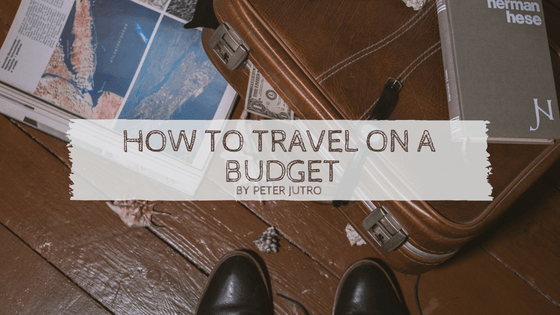Of those who envision journeying far from home to experience snow capped peaks, vibrant wildlife or bustling cities, many hesitate to take the leap–and thus miss out–because they believe such travels to be beyond their financial reach. But cost saving strategies do exist, and with a bit of research coupled with a willingness to try something different, anyone craving adventure may well be able to find an affordable way to make their daydreams come true.
Look for cheap destinations
Countries like Thailand, Nepal, India, as well as many Latin American locales, offer accommodations at a fraction of the cost of pricier tourist traps. A day’s worth of food and shelter often costs the equivalent of a few US dollars, even in places that play host to many of the world’s breathtaking sights. Certain countries in Europe also have hostels that charge a affordable prices. The key is to utilize online resources like Hostelworld or AirBnB to track down discount accommodations. Deals on flights can be located using tools such as Skyscanner, which lets you search for a destination using only a departure point.
Take things slow
Shelling out for busses, trains and planes can rack up a considerable bill. Of those, the options that minimize travel times are often the most expensive. Riding a first class train from Beijing, for example, costs about three times as much as traveling third class. Taking travel slow and easy also allows for better immersion in the journey and the destination, as it’s easier to absorb and reflect on where you are when you’re there for a longer period of time.
Pack less
Planning to stick strictly to carry ons will avoid unnecessary fees, and keep you from spending money on nonessentials. Norwegian Air and other budget airlines allow those with no checked baggage to catch a flight without paying carry on charges. When moving in crowded places, it’s also much easier to keep track of your belongings if there is only one bag.
Avoid tourist hotspots
The fact that a place is widely mentioned in travel guides is likely not lost on its management. When it comes to shops, bars and restaurants, prices often reflect the frequency with which they are noted in popular sources of travel info. Getting to know the locals can open you up to the hidden gems they frequent, and prices that aren’t stifling. If all else fails, picking up fresh veggies, meats and cheese at a local market is generally a much cheaper–and often tastier–option than frequenting restaurants recommended for tourists.

